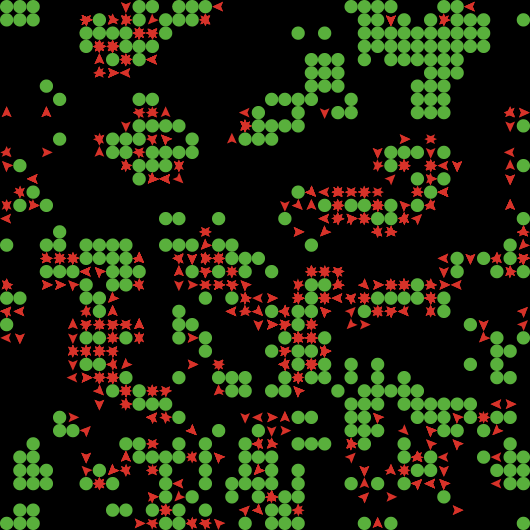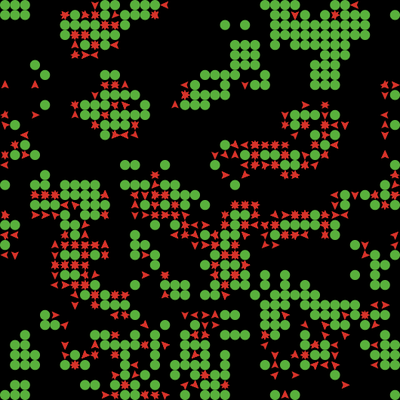Mast seeding model 1.0.0
Authors: Lucia Tamburino and Giangiacomo Bravo
Masting (or mast seeding) can be defined as the synchronous production of large amounts of
seeds at long intervals of time by a plant population (Janzen 1976) and it is observed in several
genera. According to predator satiation hypothesis, plants would have evolved this synchroniza-
tion ability to keep in check seed predators: large crops satiate seed predators that consequently
destroy only a lower proportion of seeds (Silvertown 1980).
We developed a model reproducing the interactions between trees, seeds and seed predators
simulating two forests: a realistic forest, where the masting phenomenon occurs, and an imaginary
control one, without it. Such a comparison, that would have been impossible in the field,allows
a check of the validity of the predator satiation mechanism and, more generally, a comprehensive
exploration of the effects of masting on both tree and seed predator populations.
A full description of the model following the ODD protocol is enclosed.

